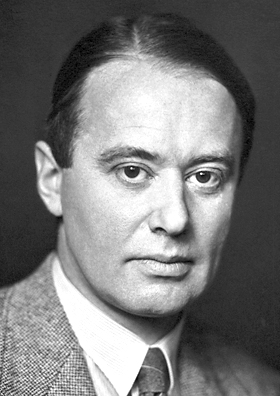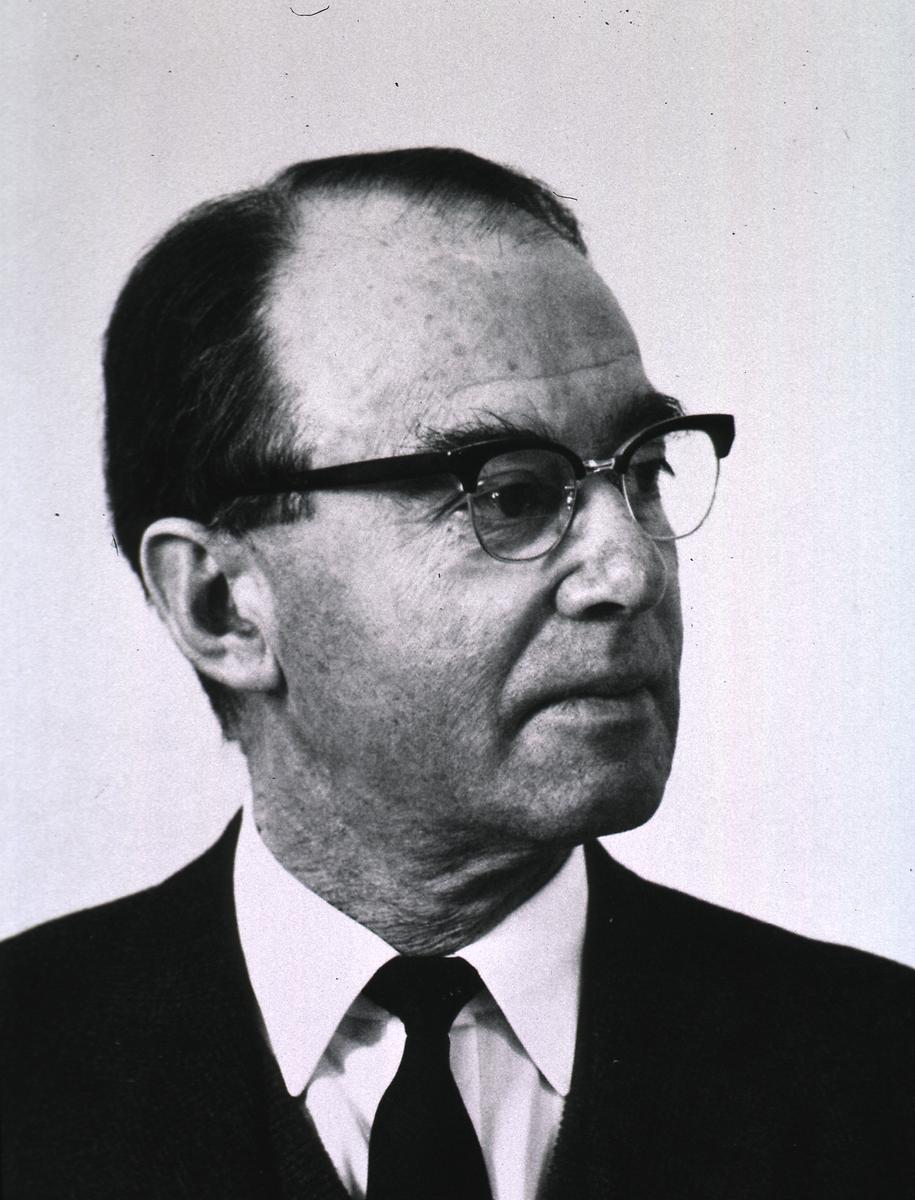<Back to Index>
- Biochemist Arne Wilhelm Kaurin Tiselius, 1902
- Writer Panait Istrati, 1884
- 1st Duke of Braganza Afonso I, 1377
PAGE SPONSOR


Arne Wilhelm Kaurin Tiselius (10 August 1902 – 29 October 1971) was a Swedish biochemist who won the Nobel Prize in Chemistry in 1948.
Tiselius was born in Stockholm. Following the death of his father, the family moved to Gothenburg where he went to school, and after graduation at the local "Realgymnasium" in 1921, he studied at the University of Uppsala, specializing in chemistry. He became research assistant in The Svedberg's laboratory in 1925 and obtained his doctor's degree in 1930 on the moving boundary method of studying the electrophoresis of proteins. From then to 1935 he published a number of papers on diffusion and adsorption in naturally occurring base - exchanging zeolites, and these studies were continued during a year's visit to H.S. Taylor's laboratory in Princeton with support of a Rockefeller Foundation Fellowship. On his return to Uppsala he resumed his interest in proteins, and the application of physical methods to biochemical problems. This led to a much improved method of electrophoretic analysis which he refined in subsequent years.
Tiselius took an active part in the reorganization of scientific research in Sweden in the years following World War II, and was President of the International Union of Pure and Applied Chemistry 1951 - 1955.
He was married, with two children. He died of a heart attack 29 October 1971 in Uppsala.
The lunar crater Tiselius was named in his honour.